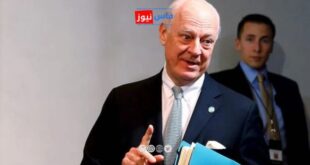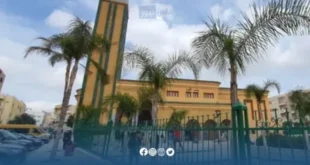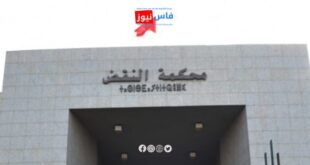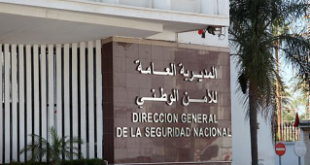New York, — Last Friday, City University of New York hosted the third international symposium on the Moroccan explorer Mustafa Al-Azmouri, known in American sources as “Estebanico,” under the title “Discovering the Steps of a Prominent African Explorer: The Atlantic Connection.” The symposium was organized by City University of New York under the supervision of Professor Abdessalam El Idrissi, in partnership with the Consulate General of the Kingdom of Morocco and a group of academic centers, with support from the Office Chérifien des Phosphates, Royal Air Maroc, and the Casablanca-Settat region.
The symposium focused on re-evaluating the role of Al-Azmouri as one of the first African explorers to cross the American continent in the 16th century. The event saw the participation of a select group of academics and diplomats, including Morocco’s Ambassador to the United States, Youssef Amrani, the Consul General of Morocco in New York, Abdelkader El Jamoussi, and Professor Abdessalam El Idrissi.
In his opening remarks, Professor El Idrissi emphasized the importance of the symposium in highlighting the roles played by African explorers, who are often marginalized in traditional historical narratives. He stressed that this year’s symposium holds special significance as it explores the life and legacy of Estebanico, who played a pivotal role in the Narváez expedition, and underscored the need to apply the lessons learned from his journey in a contemporary context.
For his part, Consul General Abdelkader El Jamoussi stated that the symposium aims to provide an overview of the importance of the Narváez expedition (1527), the Cabeza de Vaca report (1542), and the exceptional figure of Estebanico. He noted that the contributions of this Moroccan explorer to the exploration of the geography, societies, and cultures of the Americas form an integral part of historical records.
In his keynote address, Moroccan Ambassador Youssef Amrani discussed the topic of “The Atlantic Initiative and Evolving African-American Relations,” emphasizing the importance of documenting the historical ties between Africa and the other side of the Atlantic. He pointed out that Estebanico’s journey across the Atlantic marked the beginning of a deep relationship between Morocco and America, which was further strengthened by the Treaty of Peace and Friendship signed in 1786, which remains the longest-standing treaty of the United States.
Timothy Lynch, President of City University of New York, praised the depth of Moroccan-American relations in various fields and commended the positive level of cooperation between City University of New York and Moroccan universities, calling for the intensification of this collaboration.
The symposium included several discussion sessions addressing various aspects of Al-Azmouri’s journey. Dr. Hussein Alhayyan discussed the concept of the “Atlantic Man,” while Dr. John T. Wing explored the topic of “Borders between Andalusia and North Africa.” Dr. Choaib Halifi presented an analysis of Al-Azmouri’s portrayal in Moroccan literature, considering him a symbol of journey, exploration, and openness to others.
On the sidelines of the symposium, an exhibition was held featuring works by artists Abdelkarim Al-Azhari and Abdellah Nassef, and a short film directed by Hicham Lasri documenting the historical relations between Morocco and the Zuni Native Americans in the United States was screened.
The symposium concluded with the signing of an academic cooperation agreement between Hassan II University in Casablanca and City University of New York, aimed at encouraging historical research on African explorers and enhancing collaboration between researchers from both sides of the Atlantic.
Participants called for future symposia to highlight other historical figures who have shaped world history, emphasizing the importance of including figures like Al-Azmouri in educational curricula and producing more cultural works that shed light on Africa’s role in the history of the New World.
 فاس نيوز ميديا جريدة الكترونية جهوية تعنى بشؤون و أخبار جهة فاس مكناس – متجددة على مدار الساعة
فاس نيوز ميديا جريدة الكترونية جهوية تعنى بشؤون و أخبار جهة فاس مكناس – متجددة على مدار الساعة













